That is the latest development on the current status of hydroelectric reservoirs in the North related to the operation and electricity production that has just been updated by Vietnam Electricity Group (EVN) in the production and business results report for the first 7 months of this year.
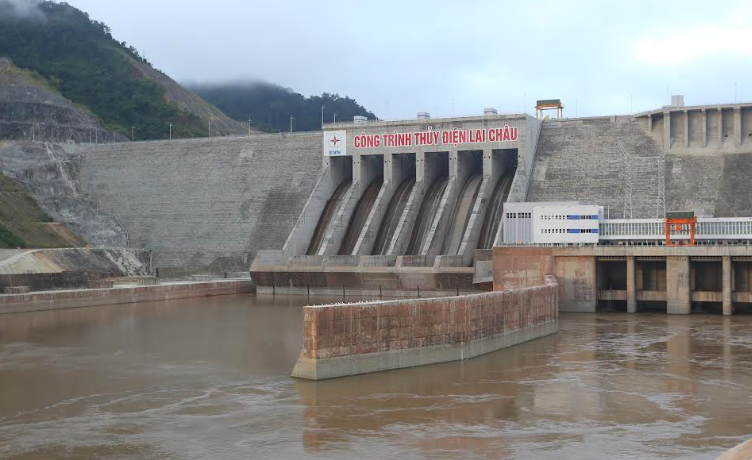
Hydroelectric reservoirs have almost no floods, water levels are only 30 - 60% compared to the average of many years.
According to EVN, as of July, hydroelectric reservoirs in the North have had almost no flooding. Through monitoring, the water level in hydroelectric reservoirs is currently very poor, only reaching 30 - 60% compared to the average level of many years.
This is a different development compared to previous years. Currently, the North is in the main rainy season, but by the end of July, the North was only indirectly affected by storm No. 1, causing little rain. In particular, in the upper reaches of the Da River, where many large hydroelectric plants are concentrated, there was very little rain.
In the latest update on water levels in hydroelectric reservoirs in the North, the Department of Technical Safety and Industrial Environment (Ministry of Industry and Trade) said that on August 2, the water flow to hydroelectric reservoirs in the North increased slightly compared to August 1. Specifically, the water level to Lai Chau reservoir was 2,156 m3 /second; Son La reservoir was 2,006 m3/second; Hoa Binh reservoir was 2,006 m3 /second. 700 m3 /sec; Thac Ba Lake 310 m3 /second; Tuyen Quang Lake 650 m3 /second; Ban Chat Lake 376 m3 /second. Of which, the water level of Thac Ba hydroelectric lake is at a low level of 48.39 m, only about 2.39 m higher than the dead water level.
According to the National Center for Hydro-Meteorological Forecasting, in August, the North will continue to experience heat waves interspersed with localized rain. In addition, the East Sea is forecast to see 2-3 storms and tropical depressions that may affect and cause rain in the North and North Central regions.
Accordingly, for hydropower, EVN requires factories to closely monitor the water flow to hydropower reservoirs to have flexible exploitation strategies by day. For coal-fired thermal power and gas turbines, EVN requires appropriate mobilization according to the water situation in hydropower reservoirs during the main flood season, avoiding excess discharge.
In the context that many lakes in the North do not have much water, coal-fired thermal power plants and gas turbines are ready to be mobilized in case of need when hydropower plants have to store water early. In addition, oil-fired thermal power plants must ensure backup to be ready to mobilize in case of need.
In addition, EVN has directed hydropower plants to operate dams in accordance with the direction of the National Steering Committee for Natural Disaster Prevention and Control and the Steering Committee for Natural Disaster Prevention and Control and Search and Rescue of provinces and cities, ensuring the role of hydropower in flood reduction.
Also according to EVN's forecast, in August, the average electricity consumption of the whole system is expected to be at 825.8 million kWh/day, an increase of 7.3% over the same period in 2022; the electricity supply situation is expected to continue to be guaranteed.
Source link


![[Photo] General Secretary To Lam receives French Ambassador to Vietnam Olivier Brochet](https://vstatic.vietnam.vn/vietnam/resource/IMAGE/2025/4/17/49224f0f12e84b66a73b17eb251f7278)

![[Photo] National Assembly Chairman Tran Thanh Man meets with outstanding workers in the oil and gas industry](https://vstatic.vietnam.vn/vietnam/resource/IMAGE/2025/4/17/1d0de4026b75434ab34279624db7ee4a)
![[Photo] Promoting friendship, solidarity and cooperation between the armies and people of the two countries](https://vstatic.vietnam.vn/vietnam/resource/IMAGE/2025/4/17/0c4d087864f14092aed77252590b6bae)
![[Photo] Closing of the 4th Summit of the Partnership for Green Growth and the Global Goals](https://vstatic.vietnam.vn/vietnam/resource/IMAGE/2025/4/17/c0a0df9852c84e58be0a8b939189c85a)
![[Photo] Nhan Dan Newspaper announces the project "Love Vietnam so much"](https://vstatic.vietnam.vn/vietnam/resource/IMAGE/2025/4/17/362f882012d3432783fc92fab1b3e980)









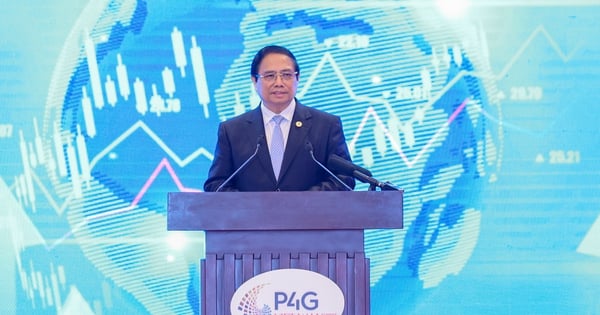



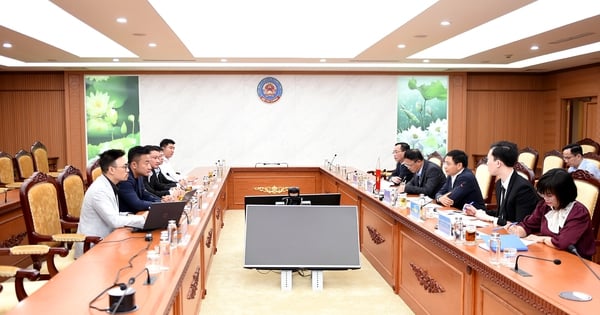











![[Photo] Welcoming ceremony for Chinese Defense Minister and delegation for friendship exchange](https://vstatic.vietnam.vn/vietnam/resource/IMAGE/2025/4/17/fadd533046594e5cacbb28de4c4d5655)


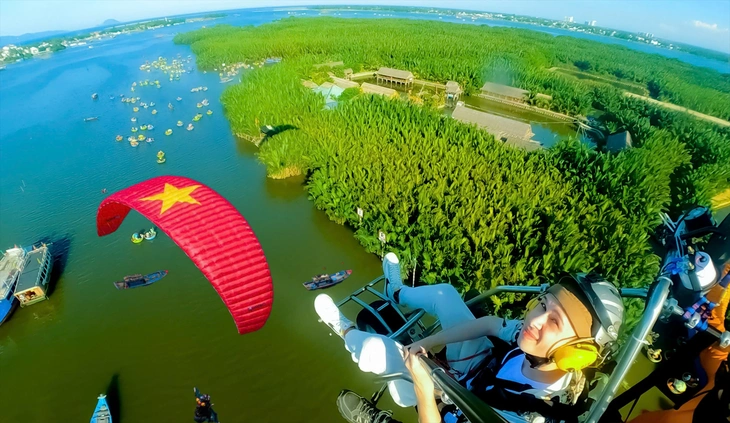




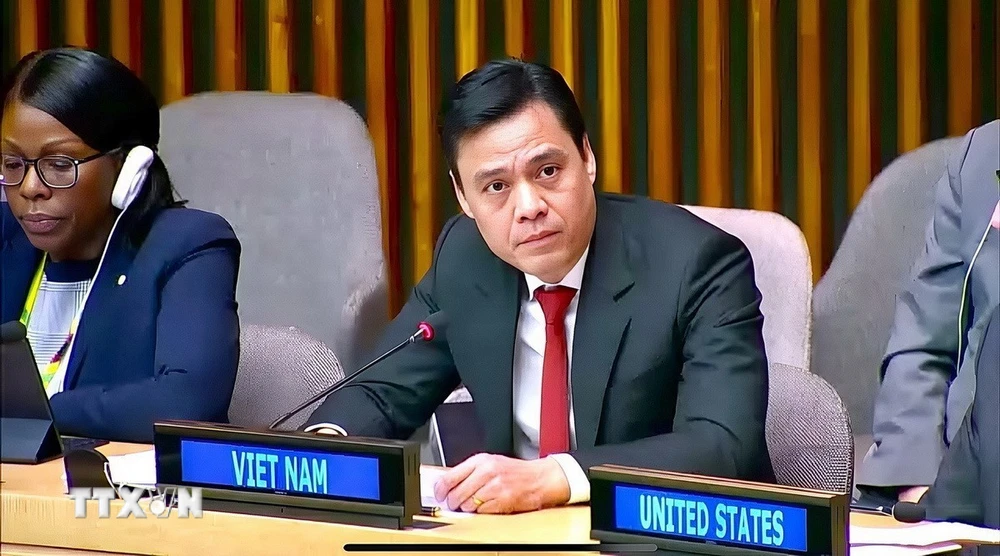
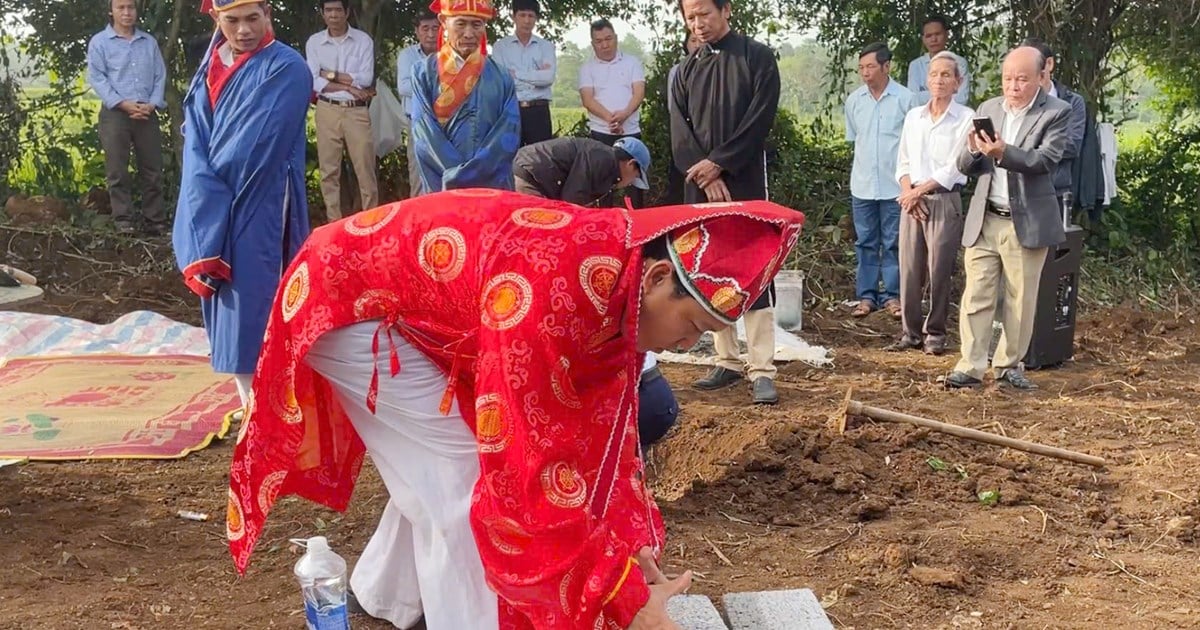













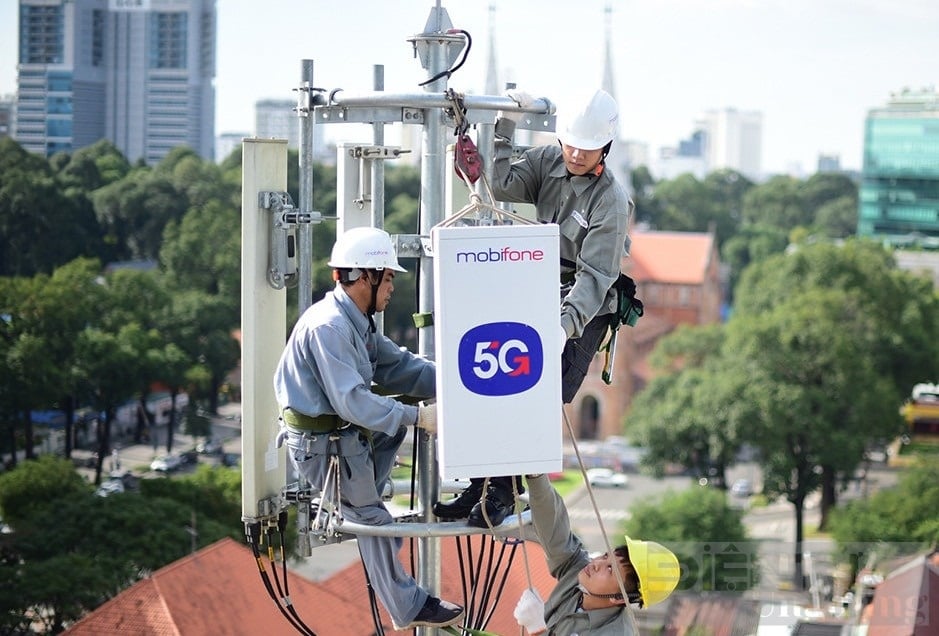

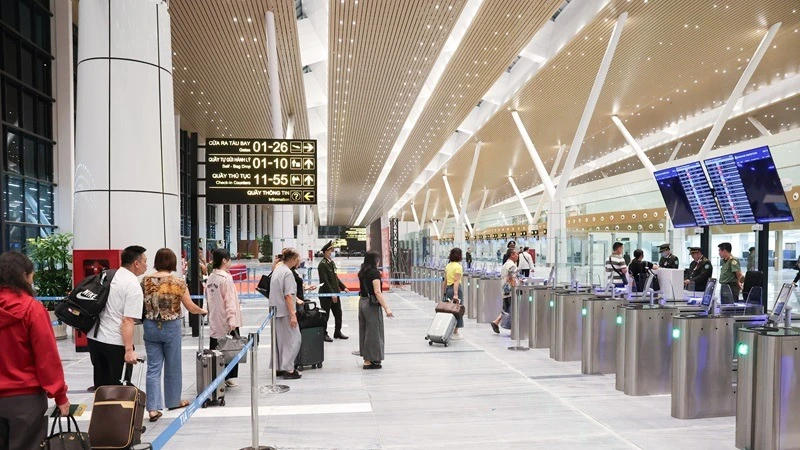



![[Video] Viettel officially puts into operation the largest submarine optical cable line in Vietnam](https://vstatic.vietnam.vn/vietnam/resource/IMAGE/2025/4/17/f19008c6010c4a538cc422cb791ca0a1)

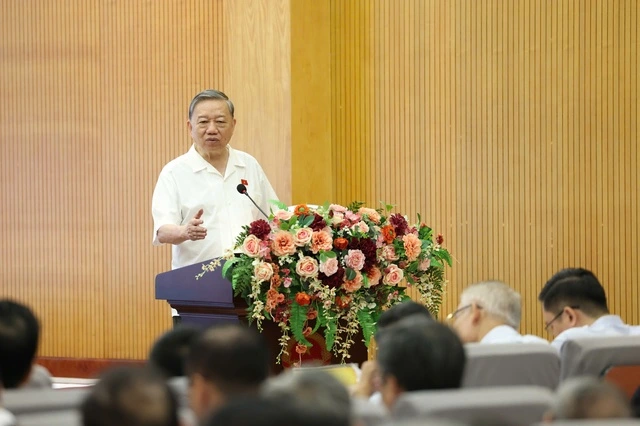


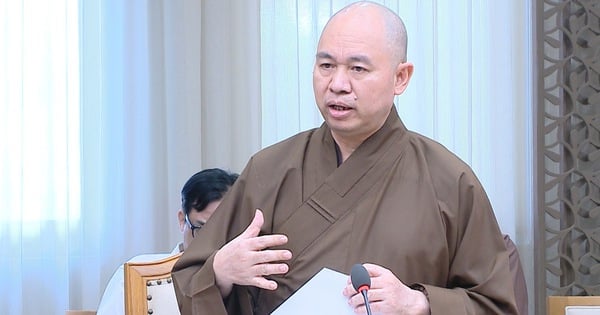

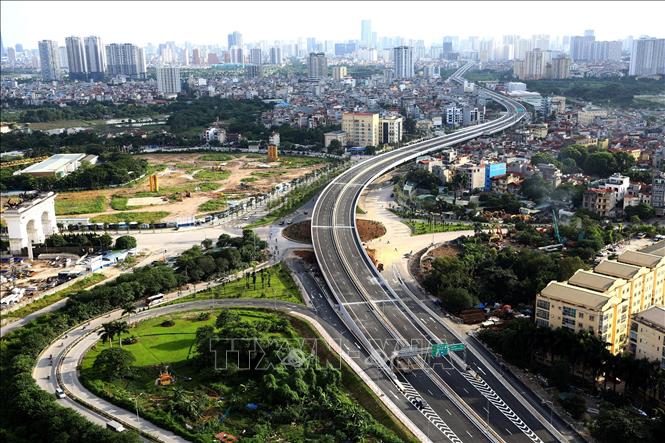

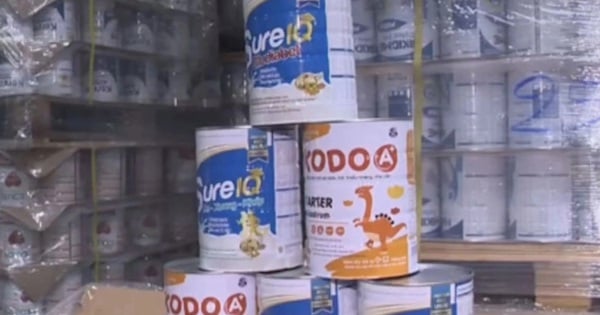






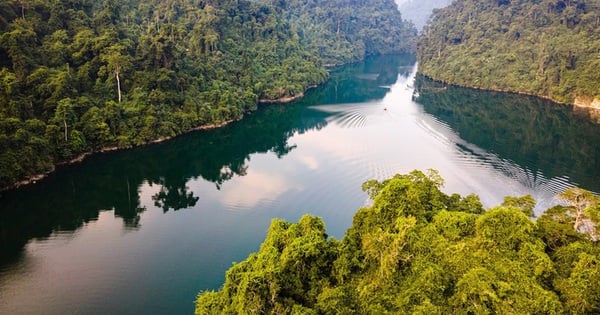

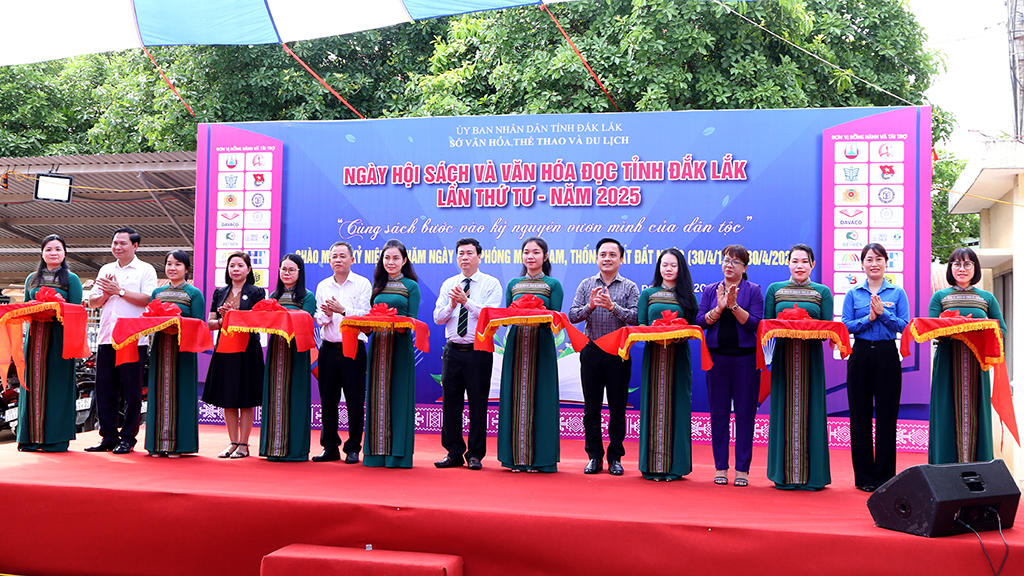


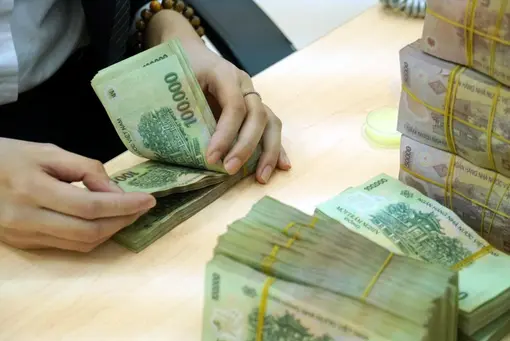




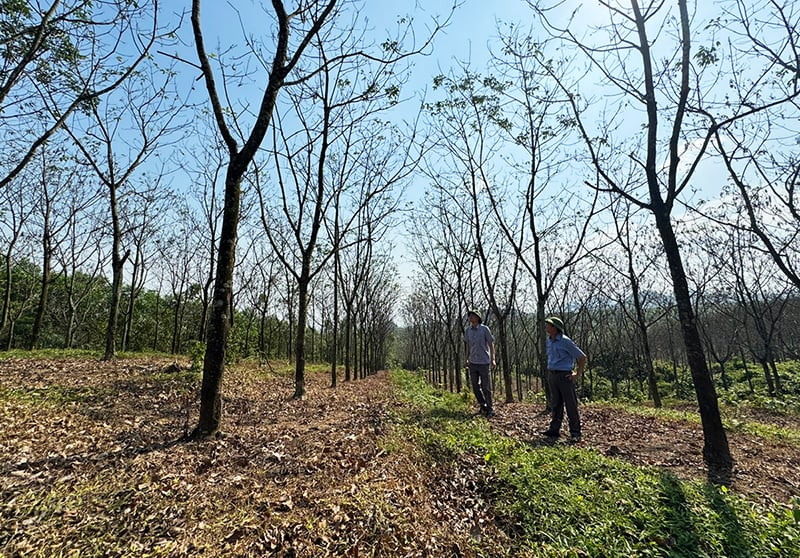





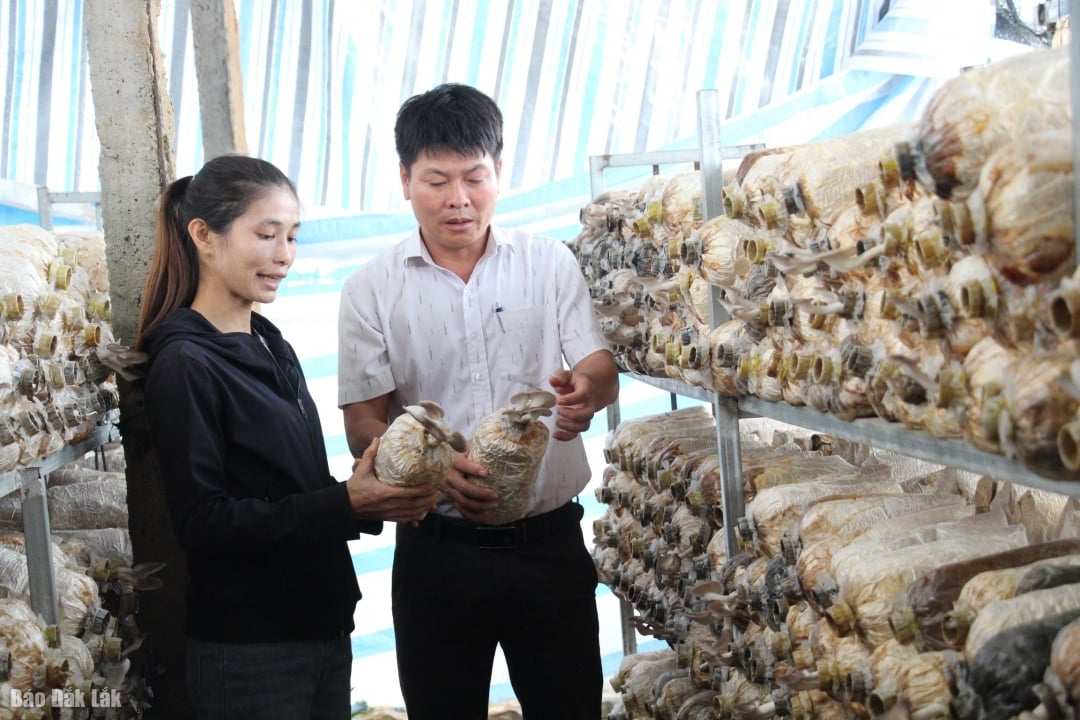

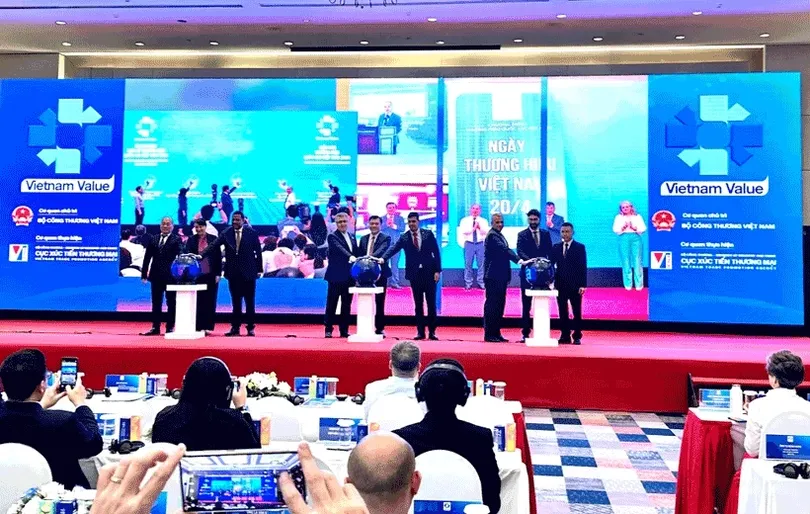



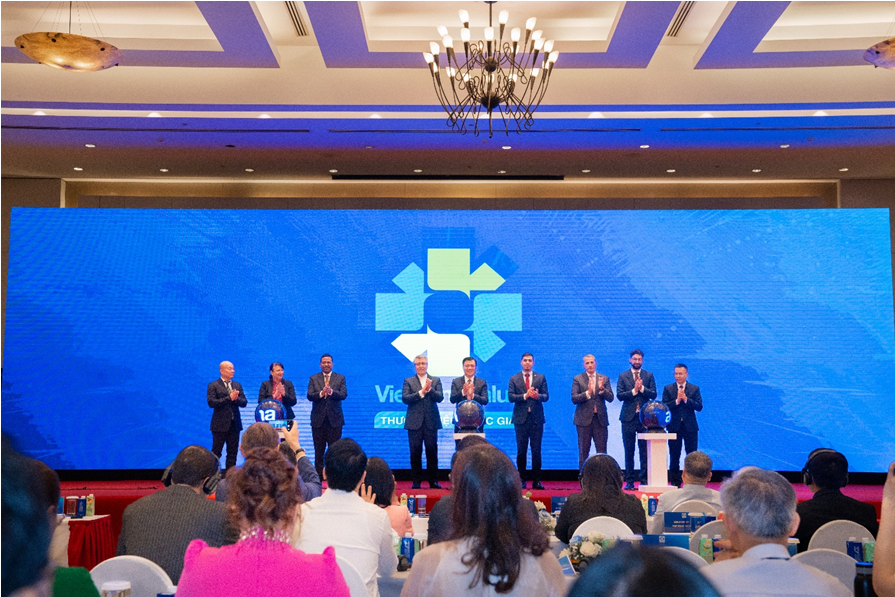
Comment (0)